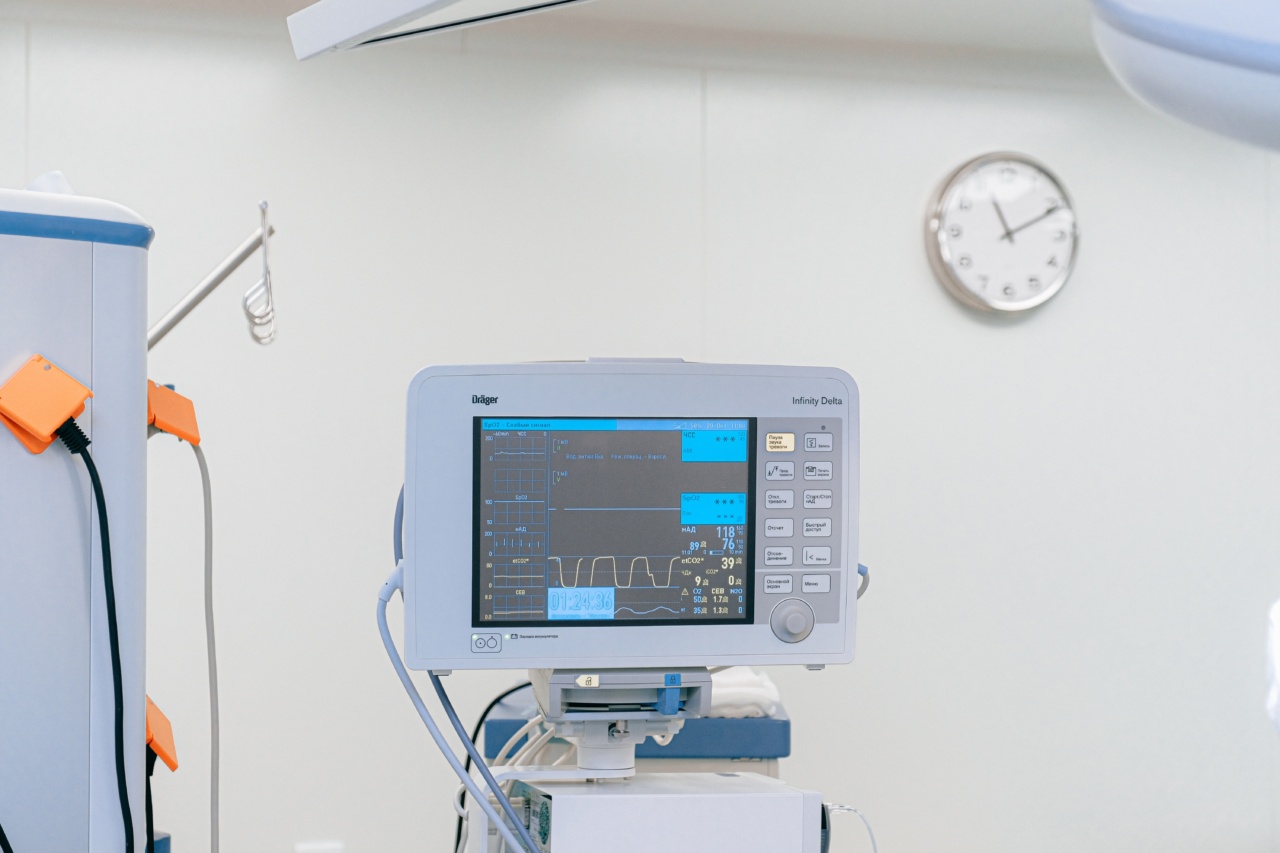Good health is a priceless commodity that most people take for granted. Unfortunately, many people only start taking their health seriously when it starts to deteriorate or they are diagnosed with a disease.
It is essential to start monitoring the critical measurements, commonly referred to as “vital signs” as early as possible. By doing so, individuals can take appropriate steps to maintain good health and recognize any potential health problems that may require immediate medical attention. Here are the seven vital signs that people can monitor at home to stay healthy:.
Blood Pressure
Blood pressure is the force that our blood flowing in the blood vessels applies on the walls of our arteries as it is pumped through our body.
High blood pressure (hypertension) can cause serious health problems such as heart disease and stroke if left untreated. Blood pressure is measured using two numbers – systolic pressure and diastolic pressure. The systolic pressure is the force the heart applies to push the blood out, while the diastolic pressure is the pressure in the arteries during relaxation.
Body Mass Index (BMI)
BMI is a measure of a person’s weight relative to their height. The BMI measurement indicates whether an individual’s weight is healthy for their height. A BMI between 18.5 and 24.9 is considered healthy.
Obesity is a significant health risk factor that increases the likelihood of diabetes, heart disease, stroke, and certain cancers.
Body Temperature
Body temperature refers to the degree of heat present in the body. Average body temperature is about 98.6°F (37°C). A fever is when the body temperature is higher than normal.
It is a symptom of an underlying infection or illness and usually indicates that the body is fighting off some form of infection. It is essential to keep track of body temperature as it can help identify potential health issues or infections.
Breathing Rate
Breathing rate is the number of breaths a person takes per minute. Respiratory rate can be influenced by many factors, including exercise, age, and illness.
Monitoring breathing rate can help people identify whether they have breathing difficulties and may require medical attention.
Cholesterol Levels
Cholesterol is a type of fat found in the bloodstream. Elevated levels of cholesterol are associated with an increased risk of heart disease and stroke.
There are two types of cholesterol – LDL (low-density lipoprotein) and HDL (high-density lipoprotein). LDL is associated with an increased risk of heart disease, while HDL is linked to a reduced risk of heart disease.
Blood Sugar Levels
Blood sugar level refers to the amount of glucose in the bloodstream. Glucose is the primary source of energy for the body.
High blood sugar levels can damage organs, nerves, and blood vessels, leading to serious complications such as diabetes, heart disease, and kidney disease.
Heart Rate
Heart rate refers to the number of times the heart beats per minute. The heart rate can be influenced by many factors, including physical activity, stress, and illness.
A high heart rate can indicate that the body is under stress or suffering from an underlying condition. Monitoring heart rate regularly can help people identify issues that require medical attention.
Conclusion
The seven vital signs are critical indicators of good health. By monitoring these measurements, people can identify potential health issues and take immediate corrective measures.
Living a healthy lifestyle that includes regular exercise, healthy eating, and stress management can help maintain optimal health. If any of the vital signs are not within the healthy range, it is essential to seek medical attention. People should consult with their healthcare providers about the best ways to maintain their overall health and wellbeing.





























